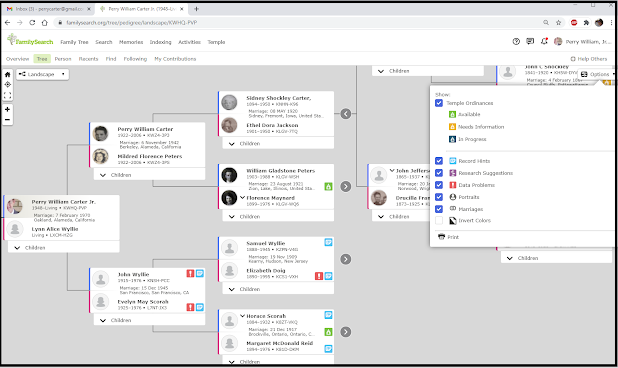Temple and Family History Lesson 12: Family Search Partners

Temple and Family History Lesson 12 Family Search Partners One of the significant benefits of having an account on Family Search for members of the church is free access to a number of powerful websites dedicated to genealogical research and record keeping. At present there are six principal sites that church members can have free access to; Ancestry.com, Findmypast. MyHeritage, AmericanAncestors, Filae, and Geneanet. The easiest way to join these partner sites is to open a new web page at the following address; https://www.familysearch.org/campaign/partneraccess/ . These sites can also be reached by opening your Family Search account and scrolling to the very bottom of the opening page to the link called “Solutions Gallery”. Here the partners are listed in individual windows where you can click on them to proceed to the new-account page of each. Some of the partner links will be found in additional pages by clicking on the word “More” at the right of the “Latter-


